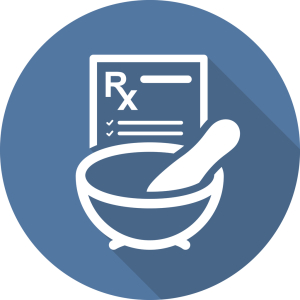Pharmacogenetics allows prescribers and pharmacists to understand how medications react differently in the body based on an individual’s metabolism. Best Practice PBMs are able to apply the results of a fast and easy-to-administer pharmacogenetics test to enhance member safety, improve treatment outcomes and prevent wasteful drug spending.

The science of pharmacogenetics utilizes precision medicine, which evaluates and considers a patient’s metabolism, environment and lifestyle, to develop effective, individualized treatment plans. Pharmacists work with members and their prescribers to coordinate changes in drug therapies, as indicated by testing. This ensures that members receive the most clinically appropriate and effective medications. By proactively identifying which drug therapies will not work, or are likely to cause severe adverse reactions, clients and their members can avoid unnecessary risks and expenses.
Pharmacogenetic testing can have a measurable positive impact for members who live with chronic health challenges such as diabetes or high cholesterol. Pharmacists can help them move quickly onto the most appropriate drug therapy and improve their health with fewer side effects and less risk, based on their unique metabolism.
There are no doctor’s visits required to administer the test. Members can collect and submit the sample from home using a simple cheek swab. The markers identified by pharmacogenetic testing do not change over a member’s lifetime, so repeat tests are not required.
Pharmacogenetics enables a personalized approach to care aimed at reducing costs, improving treatment efficacy and preventing adverse drug reactions.
Please contact me if you would like to learn more.
Employee Benefit Advisory provides employee benefits, tax-advantaged healthcare, compliance guidance for ACA and Health & Welfare DOL Audits, and PEO Advisory & Consulting Services.







